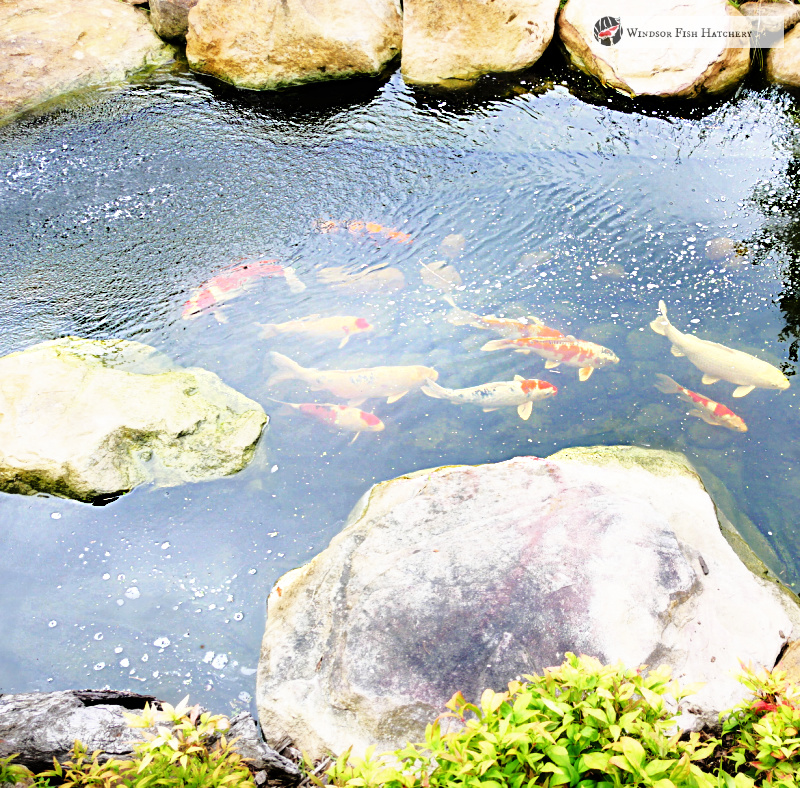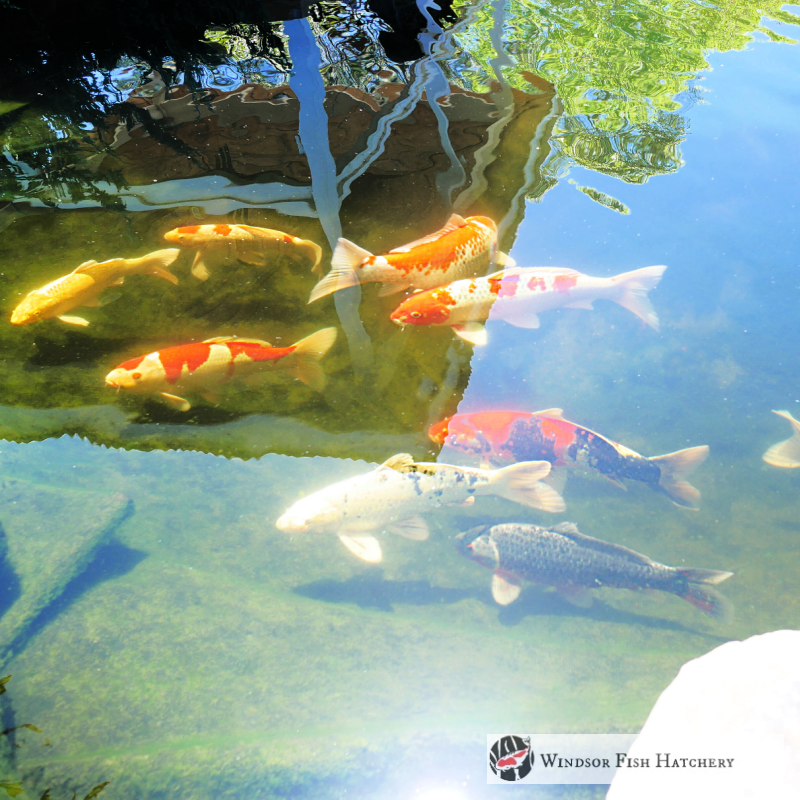
As the weather prepares to become warmer in the coming months, we have had many inquiries concerning pond pumps, including questions about What type of pond pump to buy? Which pond pump size should I buy? and other issues regarding your pond pump.
Because of that, I decided to put together this guide. Although we are still able to get pond pumps for use in the hatchery, we are no longer in the business of selling them directly to customers as we cant offer the shop front service we use to.
Here are some suggestions for what to buy, where to put the pump in the pond, and how to keep the pump running for as long as possible.
1. Buy a dirty water pump,( a dirty water pump will process larger debris without clogging the pump) not a pre-filter pump. The larger strainer on these pumps are necessary for koi ponds and will last you longer than any other type of pump.
2.Whichever pond pump you have clean the strainer, housing and any inserts on a regular basis. More often in Summer.
3. Never pull the pump from the pond using its electricity supply cable. Instead, tie a string around the handle on the pump.
4. locate the pond pump about 10 inches from the lowest points in the pond, where all the debris will settle, this will prevent the pump from clogging and possibly burning out.
5. The rotor/impeller assembly may need to be soaked in a household descale overnight to remove scale buildup every so often.

6 If you need to adjust the flow to the filter, do so at the tap rather than the pump to prevent the motor from overheating.Install a T-piece in front of the valve to reroute the excess water to a water feature or waterfall.
7. If you dont have one, buy a backup pump just in case. Having one is preferable to taking a chance of losing all your koi fish or goldfish.
8. Clean out the Autumn debris that will have dropped in your pond from the surrounding trees and garden to prevent build-up of general debris that may impair the pump's performance.
9. To keep everything running well and keep the bio mass thriving, the pond's pump should be able to cycle the entire volume of water through the filtration system once every two hours.
10. The bane of every koi keeper's existence is the most common cause of clogged pumps. Algae, When the lengthy algae strands get through the strainer housing, they get tangled up with the impeller and either slow it down or stop it altogether. Use our algae killer to get rid of the algae in the water. Safe for fish and plants when used as directed on the container.

